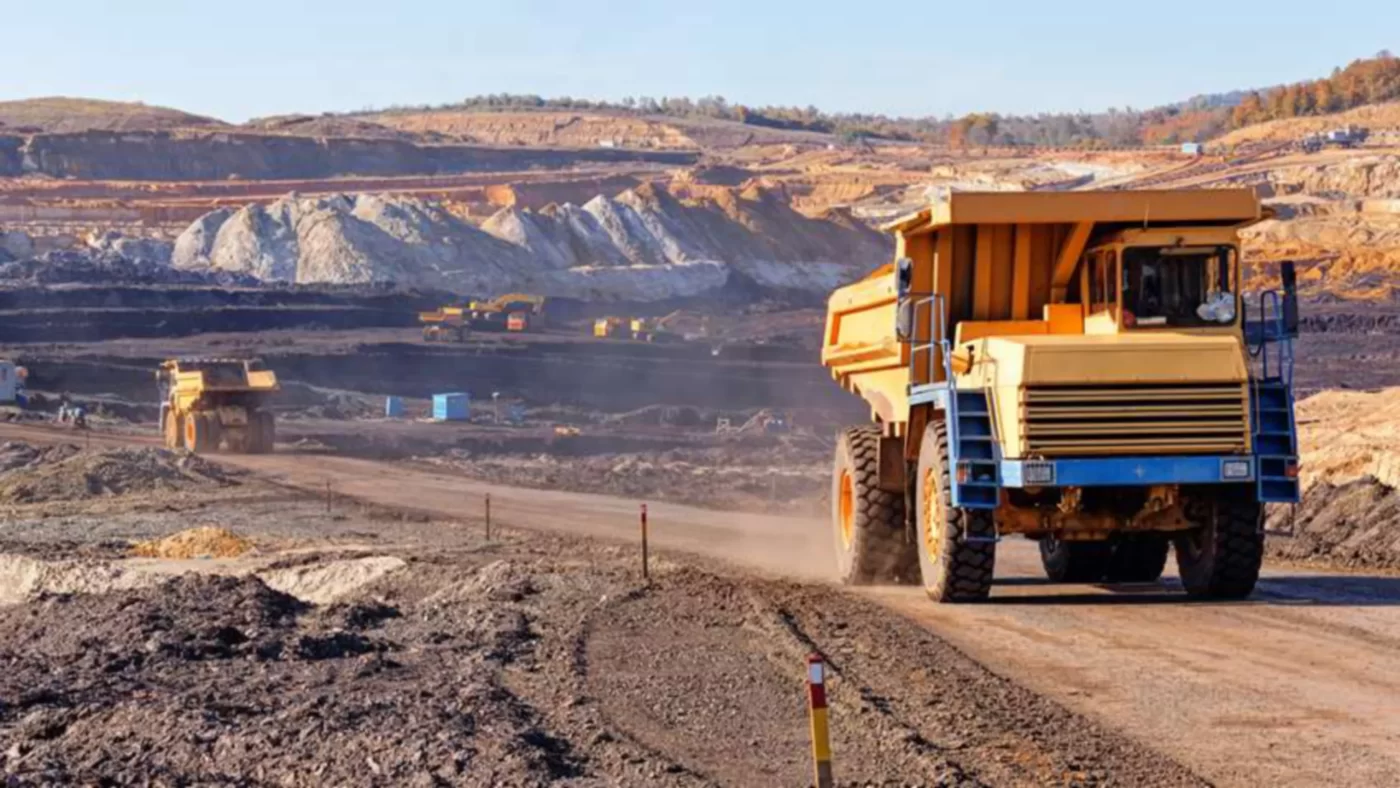In the complex realm of natural resources exploration, navigating risks and making informed decisions are paramount for success and sustainability. Connectivity has emerged as a pivotal tool, enabling real-time data collection, analysis, and collaboration to mitigate risks and support decision-making processes. This article explores how connectivity facilitates risk mitigation and decision support in natural resources exploration, paving the way for more responsible and efficient operations.
Introduction: Understanding the Importance of Risk Mitigation and Decision Support
Natural resources exploration inherently involves various risks, including geological uncertainties, environmental impacts, regulatory compliance, and financial constraints. Effective risk mitigation strategies and decision support mechanisms are essential for ensuring the success and sustainability of exploration projects. Connectivity plays a crucial role in facilitating these processes by enabling stakeholders to access timely and relevant information, collaborate effectively, and make informed decisions.
Real-time Data Acquisition: A Foundation for Informed Decision Making
Connectivity enables real-time data acquisition from diverse sources, including remote sensors, satellite imagery, and geological surveys. This continuous stream of data provides valuable insights into exploration sites’ geological, environmental, and operational conditions, allowing stakeholders to assess risks and identify opportunities with greater accuracy and efficiency.
Risk Assessment and Analysis: Identifying and Prioritizing Challenges
Advanced analytics tools, powered by connectivity, facilitate risk assessment and analysis by processing vast amounts of data and identifying patterns, trends, and potential hazards. By quantifying and prioritizing risks, stakeholders can develop targeted mitigation strategies and allocate resources effectively to minimize adverse impacts on exploration activities and surrounding ecosystems.
Environmental Monitoring: Safeguarding Ecosystems and Biodiversity
Connectivity-enabled environmental monitoring systems play a crucial role in risk mitigation by providing real-time insights into ecosystem health, biodiversity, and habitat conservation. By continuously monitoring environmental parameters such as air and water quality, soil erosion, and wildlife populations, stakeholders can detect and respond to potential threats promptly, minimizing environmental damage and ensuring compliance with regulatory requirements.
Stakeholder Engagement: Promoting Transparency and Collaboration
Effective risk mitigation and decision support require active engagement and collaboration among stakeholders, including industry partners, government agencies, local communities, and environmental organizations. Connectivity facilitates communication, information sharing, and collaboration among diverse stakeholders, fostering transparency, trust, and consensus-building in addressing common challenges and opportunities.
Regulatory Compliance: Ensuring Adherence to Standards and Regulations
Connectivity-enabled data management systems assist in regulatory compliance by providing accurate and up-to-date information on exploration activities, environmental impacts, and legal requirements. By centralizing and automating compliance monitoring processes, stakeholders can ensure adherence to industry standards, environmental regulations, and social responsibility commitments, mitigating legal and reputational risks associated with non-compliance.
Scenario Planning and Simulation: Anticipating and Mitigating Risks
Connectivity facilitates scenario planning and simulation exercises, enabling stakeholders to anticipate and prepare for potential risks and uncertainties. By simulating various scenarios and assessing their potential impacts on exploration operations, stakeholders can develop contingency plans, evaluate risk-reduction strategies, and optimize decision-making processes to mitigate adverse outcomes and maximize opportunities.
Financial Risk Management: Optimizing Resource Allocation
Connectivity-enabled financial risk management systems help optimize resource allocation and investment decisions by providing real-time insights into exploration project costs, revenues, and returns on investment. By integrating financial data with operational and environmental information, stakeholders can assess the financial viability of exploration projects, identify cost-saving opportunities, and mitigate financial risks associated with market volatility, commodity prices, and regulatory changes.
Innovation and Continuous Improvement: Driving Sustainable Practices
Connectivity fosters innovation and continuous improvement in risk mitigation and decision support practices by enabling data-driven insights, collaborative problem-solving, and adaptive management approaches. By leveraging emerging technologies such as artificial intelligence, machine learning, and blockchain, stakeholders can enhance risk assessment capabilities, streamline decision-making processes, and drive sustainable practices in natural resources exploration.
Conclusion: Harnessing Connectivity for Resilient and Sustainable Exploration
In conclusion, connectivity plays a vital role in risk mitigation and decision support for natural resources exploration, enabling stakeholders to navigate challenges, capitalize on opportunities, and achieve sustainable outcomes. By leveraging real-time data acquisition, advanced analytics, stakeholder engagement, and innovation, connectivity empowers stakeholders to make informed decisions, minimize risks, and maximize the positive impacts of exploration activities on ecosystems, communities, and economies.
#Connectivity #RiskMitigation #DecisionSupport #NaturalResources #EnvironmentalMonitoring #StakeholderEngagement #RegulatoryCompliance #FinancialRiskManagement #Innovation #Sustainability
